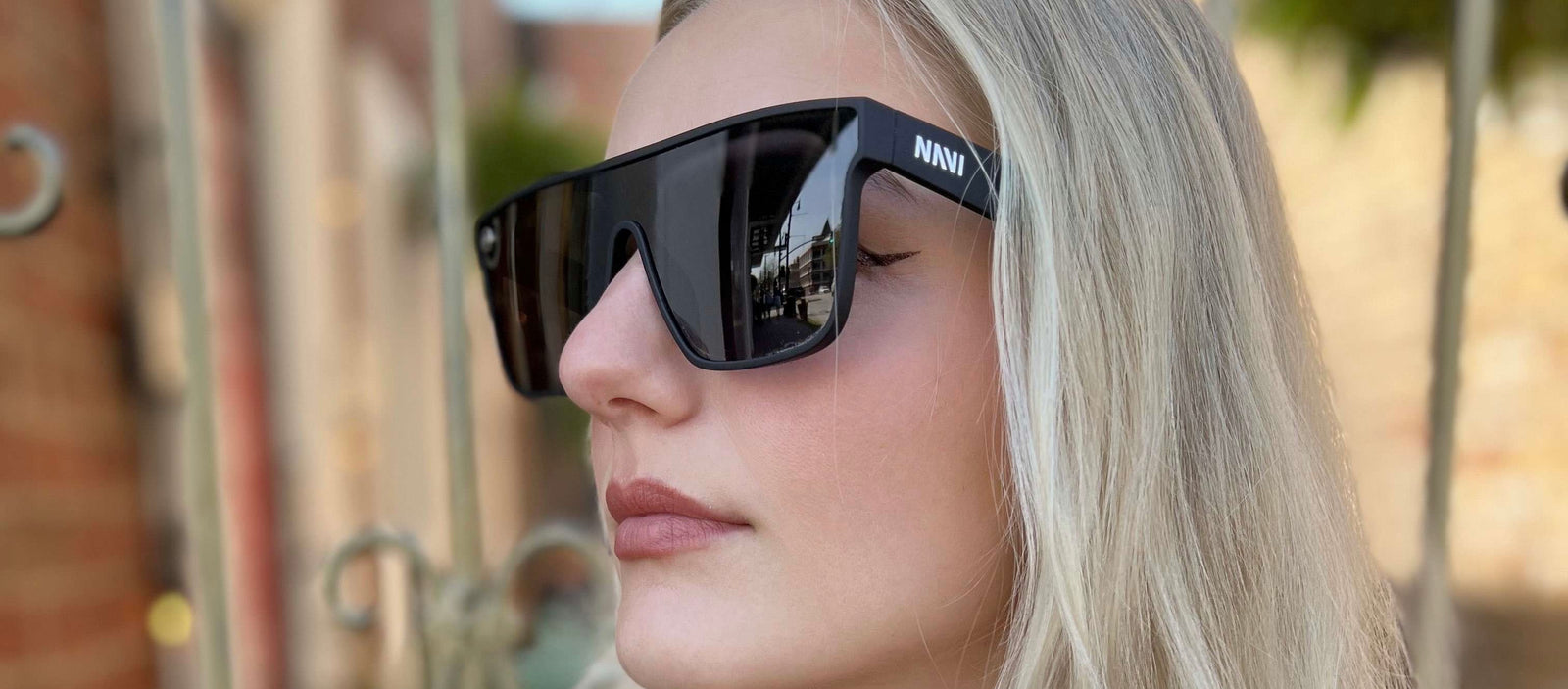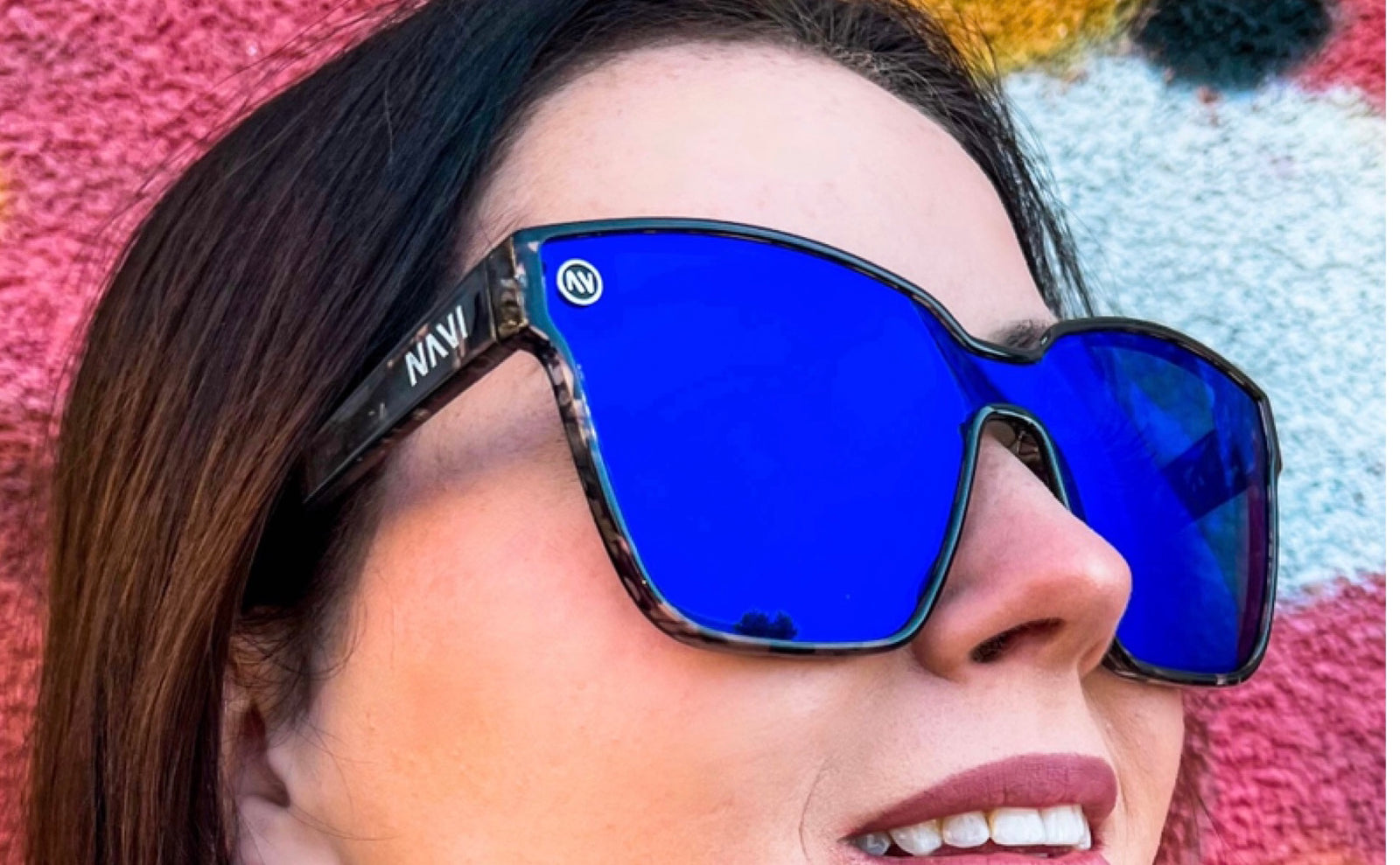Polarized sunglasses are a popular choice for people who spend a lot of time outdoors. They offer excellent protection from glare and can make it easier to see in bright sunlight. However, the price of polarized sunglasses can vary greatly depending on the brand and features. In this article, we will explore the average price range of polarized sunglasses and how it varies based on brand and features.
Why are Polarized Sunglasses More Expensive?
Polarized sunglasses are more expensive than regular sunglasses because of the technology used to make them. They are designed to reduce glare and improve visibility in bright sunlight. The polarized lenses are coated with a special film that blocks out horizontal light waves, which cause glare. This technology is more expensive to produce, which is why polarized sunglasses are more expensive than regular sunglasses.
Average Price Range of Polarized Sunglasses
The average price range of polarized sunglasses varies depending on the brand and features. Generally, polarized sunglasses cost between $50 and $200. However, high-end brands such as Ray-Banand Oakley can cost upwards of $300 plus.
Brand and Features That Affect the Price of Polarized
Sunglasses
The brand of polarized sunglasses can have a significant impact on the price. High-end brands such as Ray-Banand Oakleyare more expensive than lesser-known brands. The quality of the materials used in the frame and lenses can also affect the price.
The features of polarized sunglasses can also affect the price. Sunglasses with polarized lenses and anti-reflective coatings are more expensive than those without these features. Sunglasses with photochromic lenses, which adjust to changes in light conditions, are also more expensive.
How to Choose Polarized Sunglasses
When choosing polarized sunglasses, it is important to consider the intended use and personal style. If the sunglasses will be worn for outdoor activities such as fishing or boating, it may be worth investing in a higher-end brand with features such as anti-reflective coatings and polarized lenses.
It is also important to consider personal style when choosing polarized sunglasses. Different brands offer different frame styles and lens colors. Some people may prefer a classic style such as aviator sunglasses, while others may prefer a more modern style.
Conclusion
In conclusion, the average price range of polarized sunglasses is between $50 and $200. The brand and features of the sunglasses can have a significant impact on the price. High-end brands such as Ray-Ban and Oakley are more expensive than lesser-known brands. Features
such as anti-reflective coatings and photochromic lenses can also affect the price. When choosing polarized sunglasses, it is important to consider the intended use and personal style.
FAQs
- Are polarized sunglasses worth the extra cost?
Yes, polarized sunglasses are worth the extra cost because they offer better protection from glare and can improve visibility in bright sunlight.
- Can I get polarized sunglasses with prescription lenses?
Yes, polarized sunglasses can be made with prescription lenses.
- What is the best brand of polarized sunglasses?
The best brand of polarized sunglasses depends on personal preference. High-end
brands with high-end price tags such as Ray-Ban and Oakley are popular choices, but lesser-known brands can also offer the same good quality.
- Can I use polarized sunglasses for driving?
Yes, polarized sunglasses can be used for driving. However, some people may find that polarized lenses make it difficult to see LCD screens such as those found on car dashboards.
- Do all polarized sunglasses have anti-reflective coatings?
No, not all polarized sunglasses have anti-reflective coatings. Sunglasses with
anti-reflective coatings are more expensive than those without.
Can I get polarized sunglasses with prescription lenses?
Yes, polarized sunglasses can be made with prescription lenses.
Many eyewear brands offer prescription options for their polarized sunglasses. However, it is important to consult with an eye doctor to ensure that the prescription is accurate and that the lenses are polarized.




